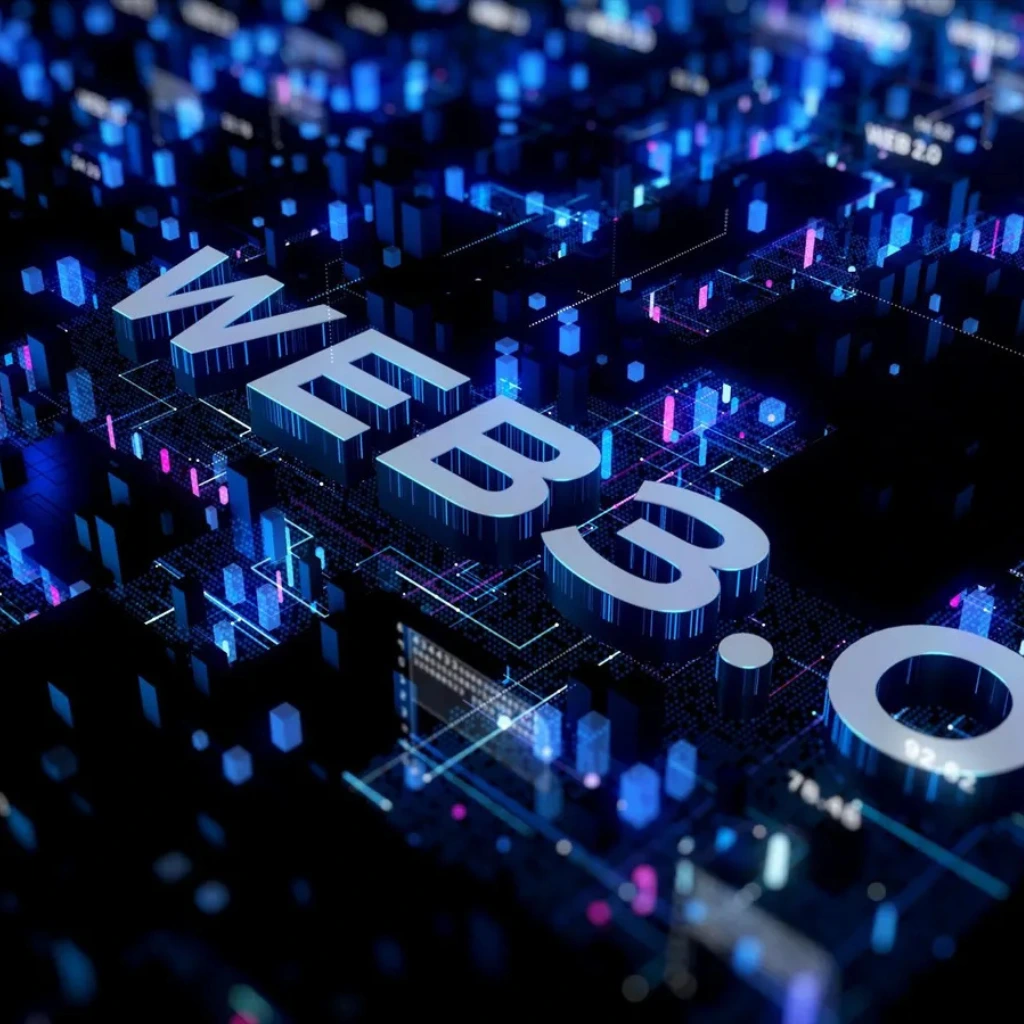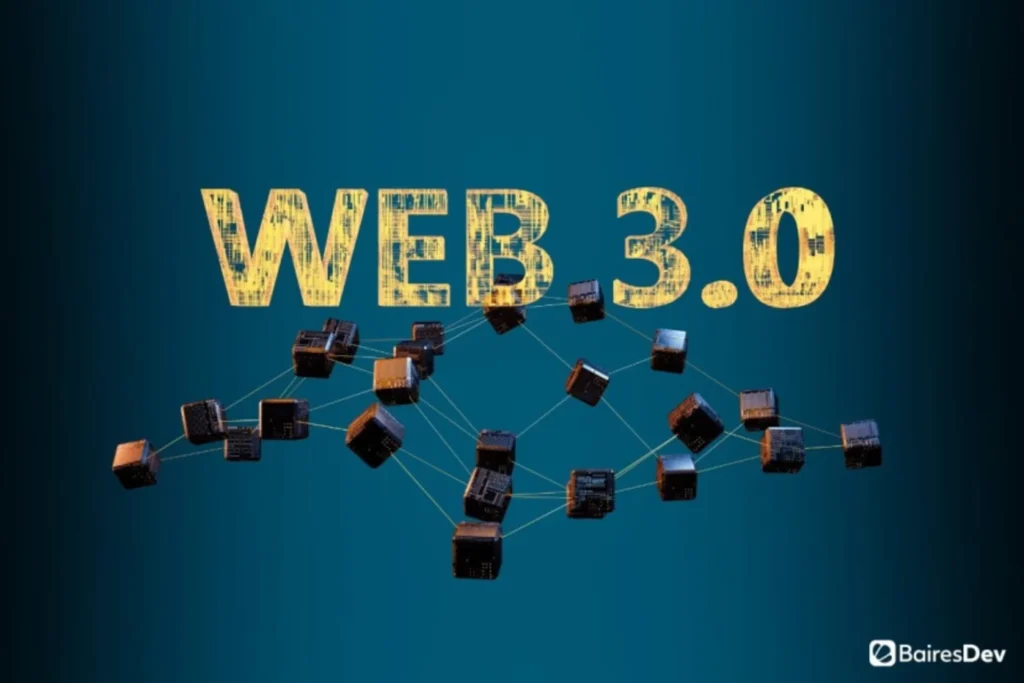Web3 Skepticism: The Pros and Cons You Need to Consider
October 11, 2024

Web3 Skepticism: A Breakdown of the Pros and Cons
Web3 is being hailed as the internet’s future, a time of decentralized power where consumers own their data and innovators receive just compensation. However, the excitement isn’t being believed by everyone. People are beginning to doubt if Web3 skepticism is a revolutionary breakthrough or just another overhyped idea as a result of the growing cynicism surrounding it. Let’s dissect it and examine Web3’s benefits and drawbacks in more detail.


Pros of Web3: The Optimistic Vision of Web3 Skepticism
- Decentralization and Control
Web3 promises to give people back control. Web3 seeks to decentralize power, granting people authority over their own data and online interactions, in contrast to the current internet (Web2), which is dominated by large businesses. No more businesses selling your information without your consent! - Fairer Payment Models for Creators
Platforms like YouTube and Instagram, which take a substantial portion of creators’ profits, frequently put them at their mercy. Web3 opens the door to more equitable payment arrangements in which authors are compensated directly, without intermediaries. Consider giving content producers a bigger cut of the money made from their efforts. - Privacy and Transparency
Ensuring privacy and openness is one of Web3’s fundamental tenets. The concept behind decentralized platforms is that users can participate in transparent, centrally-authority-free systems and have greater control over their personal data. - New Economic Models
Web3 provides cutting-edge economic models that enable community-driven projects, such as DAOs (Decentralized Autonomous Organizations), NFTs (Non-Fungible Tokens), and blockchain-based voting. This could lead to new forms of collective organization, governance, and even decision-making.


Cons of Web3: The Rising Doubts of Web3 Skepticism
- Scams and “Rug Pulls”
Even while Web3 sounds interesting, there are a lot of scams in the industry. Significant financial losses have resulted from well-publicized cases such as cryptocurrency frauds and NFT rug pulls. Many people worry that Web3 is simply a haven for dishonest people hoping to take advantage of unsuspecting investors in order to make quick money. - Complex and Unfriendly User Experience
Let’s face it, the typical user still finds Web3 challenging to use. In addition to learning about wallets, tokens, and blockchain technology, you’ll also have to pay “gas fees” for straightforward transactions. There is a significant learning curve for many, and the technology is not at all user-friendly. - Promises vs. Reality
Web3, a decentralized internet where everyone has control, sounds like a utopian idea. But a lot of the technology is still in its early stages, and many projects are either delayed in their development or are still in the “concept” stage. Furthermore, a number of so-called “decentralized” projects continue to depend on centralized infrastructure, such as cloud services, which betrays their own claims. - Volatility and Speculation
Cryptocurrencies, NFTs, and other Web3 assets are infamously erratic in value. Many people enter Web3 in the hopes of making quick money, yet there are more speculative activities than actual, verified outcomes. Every Web3 project that succeeds has others that fall short of expectations or fail as the market shifts.


So, Is Web3 a Scam or a Stepping Stone?
Web3 isn’t a scam, but it’s also not a complete solution — at least not yet. The truth lies somewhere in between the two extremes. There are legitimate projects that are trying to create new economic and governance systems, but the space is still full of risks. For every groundbreaking decentralized platform, there’s another speculative token or poorly executed NFT project that feels like a money grab.
The skepticism surrounding Web3 is healthy — it forces the space to question its true potential and exposes the flaws that need to be fixed before Web3 can become mainstream.


Final Thoughts
The reality of Web3 skepticism is that it’s not all doom and gloom, nor is it a guaranteed success. The vision of a decentralized internet is exciting, but there are still many hurdles to overcome. As Web3 continues to evolve, it’s important to keep an open mind, but also to remain cautious. If you’re planning to dive into Web3, do your homework, take small steps, and keep your expectations grounded.
So, is Web3 the internet’s future? Maybe. Is it ready to replace the current system? Not yet. Stay informed, stay skeptical, and most importantly, stay safe.
Relevant Link : Here

